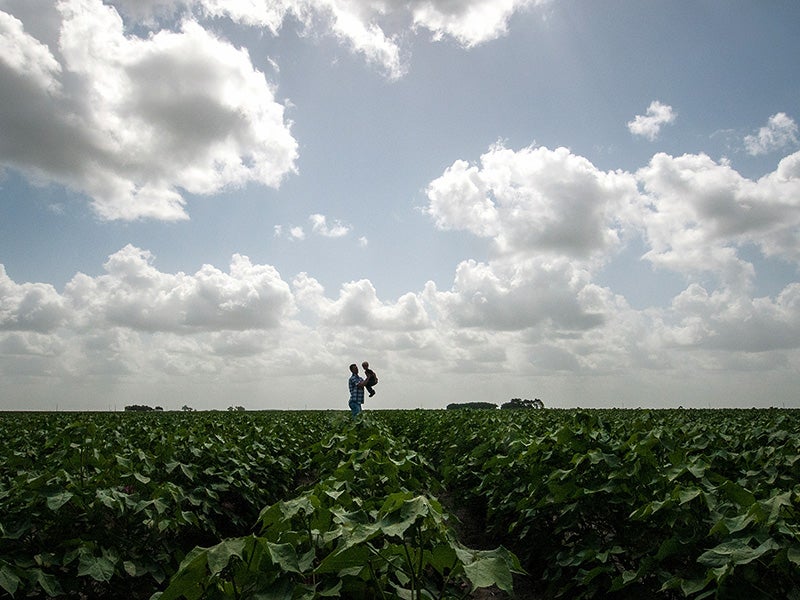Chlorpyrifos Pesticide Challenge
Widespread agricultural use of chlorpyrifos means that people continue to be exposed through contaminated foods, drinking water, and pesticide blowing off of farmland and into neighboring areas. Early childhood exposure to chlorpyrifos can cause reduced IQ, developmental delays, loss of working memory, and other neurological damage.
Clients
Regional Office / Program
Case Overview
In 2001, the U.S. Environmental Protection Agency banned residential use of chlorpyrifos because of the harm to children exposed in the home. Chlorpyrifos continues to be heavily used on fruit and nut orchards, soybeans, and corn, with an estimated 5 million pounds applied in the U.S. annually. This widespread agricultural use means that people continue to be exposed through contaminated foods, drinking water, and pesticide blowing off of farmland and into neighboring areas.
In 2007, Pesticide Action Network North America and Natural Resources Defense Council, represented by Earthjustice, filed a petition asking EPA to ban all uses of chlorpyrifos to afford the same protection to rural children exposed through pesticide drift. PANNA and NRDC also asked EPA to protect children from reduced IQ, developmental delays, loss of working memory, and other neurological damage cased by early childhood exposures. Young children are particularly vulnerable to the pesticide because their bodies and brains are still developing, and chemicals that interfere with the nervous system during development may cause long-term or permanent damage.
When EPA failed to act, the groups went to court to force EPA to act. Each time, EPA promised to take action, but it continually missed its self-imposed deadlines.

Case Updates
Case page created on July 22, 2010.


